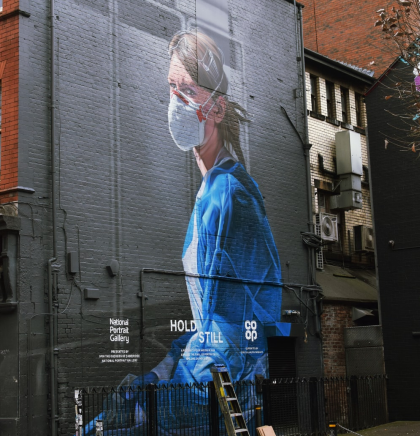Greg Thorkelson, MD with Ryan Reagan, PhD(c), LPC
That title may seem odd, since we are clearly not living in a post-Covid world. Nonetheless, we are beginning to gain a sense of the outlines and what this means for your health and the health of the community—the healthcare system included. In the early days of the pandemic many analogies were offered about what we were all experiencing. A popular article from Harvard Business Review claimed that feeling, the one we were all feeling—it’s called grief. There is a shred of truth to this. The pandemic was a global event that radically disrupted a world that we knew. And it is obvious now that most of us will use this as a marker. The world we talk about will be pre and post covid.
Now, to avoid the risk of one of those “doom and gloom” posts, there are a number of things that can be seen as positive developments. That is the purpose of our blog for mental health is to provide information that is up-to-date and helps you to make sense of the risks without the “sky is falling” narrative. It is not. We are adjusting and adapting. It has been a brutal winter, but like the trees we will be adding a ring as we grow past this.
If it helps, a useful analogy might be the tsunami. Many of us probably carry a feeling that something huge happened, that it has been wave after wave, that the information has often been overwhelming and difficult to make sense of, a condition rightly called an existential crisis. The danger has not past, but the waves decrease in intensity with time, and now we are in the lifeboat together, this will be a group healing process.
What do we know about the impact on mental health?
Let us start with some basics. A recent report from NPR drew from a Lancet study that reported about 1 in 5 individuals who experienced covid infection went on to develop a mental illness within 14-90 days.
What does this mean exactly? It means that people who have tested positive have an increased risk for suffering an episode of mental illness. This means that 1 in 5 people experienced a level of distress or impairment, different from day-to-day struggles. This is an important point. We all experience sadness and fear because these are normal human emotions. Sadness and fear are not a disorder. Unfortunately, we tend to commonly use language like “I’m depressed,” when what we are often describing a rotten day.
So, what is a disorder? In terms of mental health, it might be helpful to think of this as a collection of rotten days. If you are experiencing no break in the intensity of “rotten” then this is cause for concern. You might ask, has it not been all rotten since the beginning of this awful pandemic? This is a fair question. Truthfully, only you can answer this. For some, this has indeed been horrific, every day. For others it has been an inconvenience with little disruption beyond the hit to their social lives. Our lived experience makes a difference in the intensity of symptoms.
There is a positive here—flip the statistic on its head—4 out of 5 individuals who experienced a covid diagnosis do not go on to develop an episode of mental illness. If we think about that grief analogy that we started with, one could probably safely assume that 1 out of 5 grieving individuals might go on to develop an episode of depression or an anxiety disorder following a loss. And now, back to the piece that gives healthcare workers and public health experts concern. What happens when we are all grieving?
The answer is that some of us will experience symptoms of depression and/or anxiety that will be longer and more intense than what the majority is experiencing. If it helps bring this down to scale, consider a family with 5 adult children who suddenly and unexpectedly lose a parent. 4 of the 5 have a completely normal grieving process, one of the five really struggles to rebound. This may look like isolation, disengagement, mental fog, difficulty performing work, feeling on edge, loss of interest. Unfortunately, grief tends to draw all of these to the surface, sometimes in smaller and larger ways.
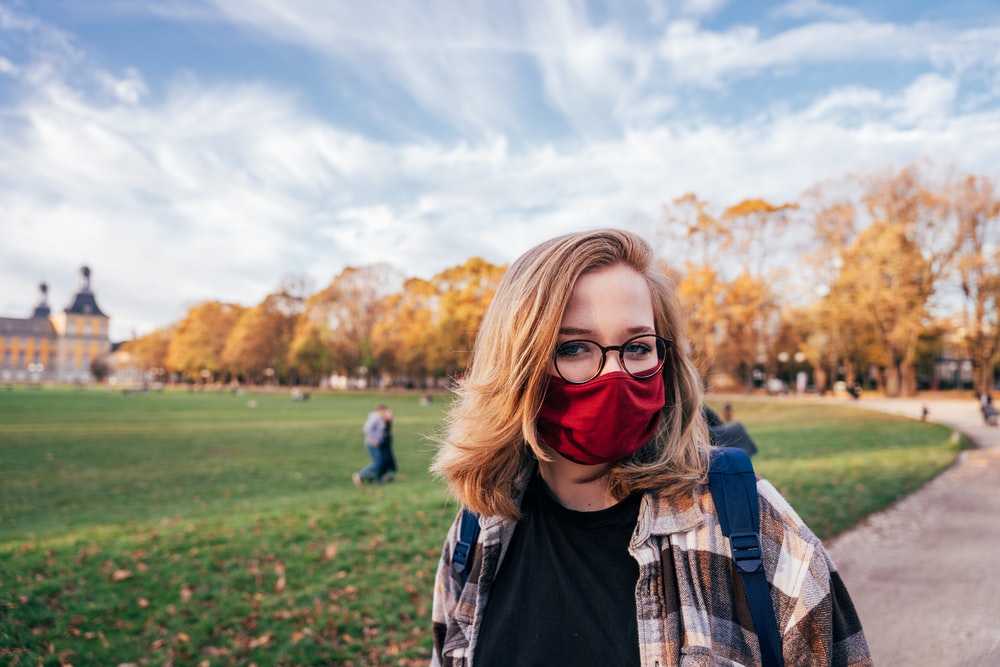
What are we seeing?
In short “a lot.” To help make sense of this, we can classify these symptoms into three broad categories. The psychiatric research is suggesting clusters around depression, anxiety, and post-traumatic stress. You might be familiar with PTSD. The D specifically indicates Disorder. Certain features come with that diagnosis. The disorder is not the same as trauma. We all experience events that can be classified as “traumatic.” For a variety of reasons some individuals go on to develop a PTSD. Others do not, and some even experience the inverse, which researchers now refer to as Post-traumatic Growth (PTG). Again, there are silver linings here and there. Some individuals experience near-death phenomenon and arrive at the other side of this trauma with a profound sense of gratitude and optimism. We are seeing this, and the positive news is that the better we understand why this happens, the better we will be at targeting interventions to those most in need.
How do we know if it is depression or if it is grief?
The symptoms of depression share a large overlap with grief, but there is often a key distinction. Grief has a hallmark feature that is often described as “emptiness.” This would make sense since grief involves something “lost.” Depression is more often characterized by a feeling of “worthlessness.” People suffering with grief do not generally feel a diminished self-worth, they tend to associate the feelings specifically with the loss. Regardless, both grief and depression may be worthy of clinical treatment. The point here is that it would be wise to focus more on the duration and intensity of the symptoms. Grief can be every bit as debilitating as depression.
A diagnosis of a major depressive episode can be made when a person is feeling a persistent level of sad mood, hopelessness, or “feeling down” for most of the day. This is also typically accompanied by a loss of interest in things that are normally enjoyable. These two symptoms are commonly found on depression screeners like the PHQ-9. If these two symptoms are present, further screening may be warranted. Depression has additional features that include sleep disruption, loss of appetite, feeling agitated, and difficulty concentrating. Recurrent thoughts of death and suicidal thinking can also be present. Again, each of these symptoms can occur with grief, and any presence of suicidal thinking and feeling like one would be better off dead absolutely warrants further attention.
When does fear become an anxiety disorder?
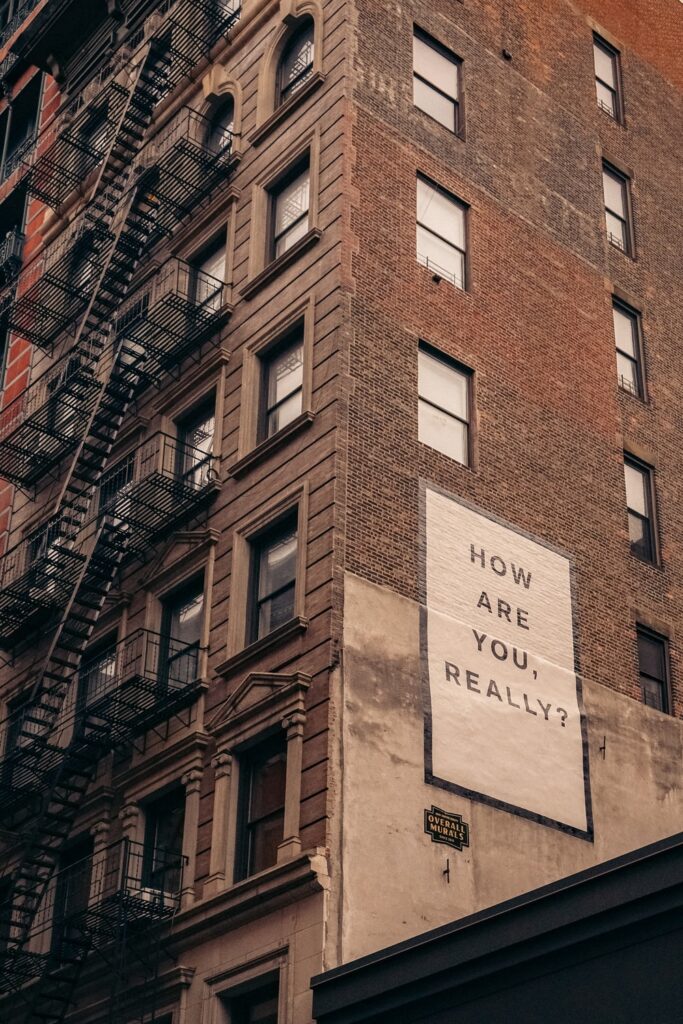
There is a collection of diagnoses that fall under the family of Anxiety Disorders. This includes Panic Disorder, Obsessive-Compulsive Disorder, Specific Phobias, Generalized Anxiety Disorder, and PTSD. The recent research on Covid-19 highlights these specifically. Individuals who have had near death experiences or close in proximity are at a heightened risk for post-traumatic stress disorder and related stress disorders. Panic Disorder is characterized by frequent panic attacks. Most of us have some familiarity with panic attacks. A panic attack does not necessarily constitute a diagnosis of Panic Disorder.
Obsessive-Compulsive Disorder (OCD) is characterized by persistent intrusive thoughts that are troubling or worrisome. Someone suffering from this disorder may or may not engage in routines that are aimed at alleviating anxiety—think excessive hand washing. To some degree we probably all have a popular image of what OCD may look like, and we may even say things like “so and so is a bit of a germ freak” or “my OCD is a bit out of control today.” This should be distinguished from the routine worry that many of us would expect to see during a pandemic. There is nothing odd about sanitizing surfaces and washing hands frequently during a pandemic. However, there are individuals who will experience anxiety that does not seem to abate even with reasonable safety measures.
Much like with depression it is important to note the degree of impairment and how disruptive it has become to normal routine. The Specific Phobia diagnosis provides a good example for this point. Specific phobias are isolated—for example, developing a fear of dogs following a dog bite. A person suffering from this phobia may find a way to avoid dogs entirely and suffer only minimal distress. If that same person suddenly finds themselves in a position where they frequently encounter dogs, they will suffer increased distress. With respect to covid 19 we should anticipate that specific phobias may develop around things like needles—which may contribute to vaccine hesitancy.
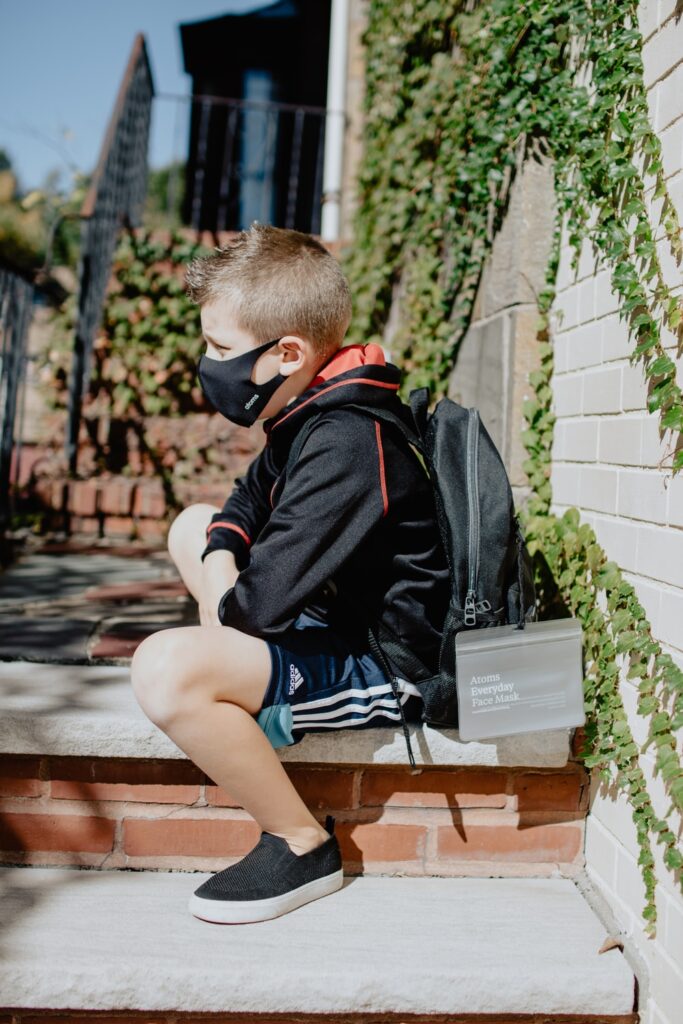
Both Generalized Anxiety Disorder (GAD) and PTSD deserve more attention here. Generalized Anxiety Disorder is very much what it sounds like—anxiety that generalizes to everything. And given the pervasiveness of the pandemic, the way that it is has touched on almost every aspect of our lives, it would follow that we are seeing “worry about everything.” For some the pandemic has disrupted work life, causing a loss in social connections and any variety of changes to work routines. Change is stressful regardless of whether it is positive or negative, and this is particularly true when change is forced upon us. A diagnosis of GAD may be appropriate when the accumulation of stressors is so great that there is noticeable difficulty making decisions because worry is so persistent. This may also manifest somatically—the physical effect of anxiety.
Public health officials and healthcare providers are deeply concerned about the risk of PTSD in populations that have been disproportionately impacted by the pandemic. This includes those individuals that have directly experienced covid-19 or cared for family members. It should also be noted that certain occupations have carried a much higher burden. Direct care providers have been hard hit as well as essential workers in other positions which present occupational safety hazards. Lax safeguards, inadequate staffing, lack of protective equipment, and loss of patients despite heroic measures contribute directly to feelings of hopelessness and helplessness. The trauma that has been absorbed by the healthcare system may not be fully recognized yet.
The symptoms associated with PTSD include nightmares, flashbacks, panic attacks, and feeling “emotionally numb” or hypervigilant. Irritability may increase due to the impact of lost sleep that can accompany feeling on edge or experiencing nightmares. With the anxiety disorders there is the risk of substance abuse. It is recommended that healthcare providers routinely screen for the presence of PTSD symptoms for those who have directly experienced covid 19 or cared for family members or friends. “Front-line” workers and essential workers should also be considered at high risk. This may appear in the occupational setting as “burnout.” Both compassion fatigue and vicarious trauma are recognized as potentially serious problems that should be addressed promptly.
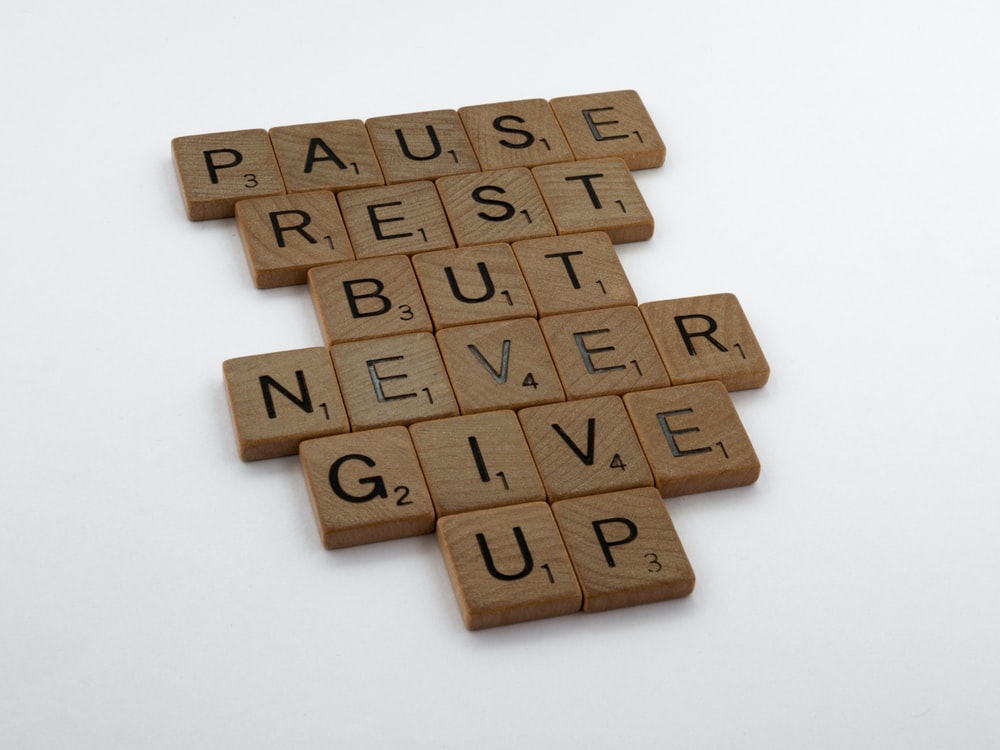
Post-Covid Disorders?
It is important to keep in mind that the science on long-term impacts of covid-19 is only now emerging. This will be the case for some time. You may recall early in the pandemic the language used was “the novel corona virus.” This virus was new and therefore poorly understood by scientists and public health officials. Over the past year treatment has improved. We live in a time where information exchange is rapid, creating opportunities and challenges that are also novel. More data means more analysis, and this sometimes means that we are wrong in our initial assumptions. This can be incredibly frustrating for those that want answers. Nobody likes the answer—“we don’t know yet.”
Recent literature has supplied us with Post-Covid Stress Disorder, Post-Covid Syndrome, and “long-haulers.” We are beginning to recognize that a segment of those with covid infection have lingering symptoms that require continued medical intervention. This includes neurological symptoms like confusion and mental fog. Additionally, those that have had serious medical interventions and long stays in Intensive Care Units often require physical therapy and rehabilitation due to the impact on the body.
Researchers are still not clear on whether the neurological symptoms are related to the virus or the stress that has been placed on the body. As noted previously, mental fog and confusion can accompany a broad range of psychiatric diagnoses, including depression and PTSD. We do know however, that individuals with pre-existing mental illness are at an increased risk of relapse in symptoms. The relationship between mental illness and risk of covid-19 infection and complications appears to be “bidirectional.” This means that individuals with mental illness are at increased risk for covid infection and vice-versa—covid infection increases the risk of mental illness.
Psychiatric clinics have observed that some patients continue to show symptoms that present similarly to autoimmune disorders. Some of the lingering neurological symptoms may be related to inflammation that was generated by the body’s immune response. There have been a small number of cases where individuals have developed psychosis without history. The long-term effects on physical health are not yet known, but for some this might resemble a chronic condition requiring a different course of treatments.
What can we do now?
The first step that can be taken is to properly identify who is most at risk for complications. We know that certain populations are highly vulnerable. There are health disparities in marginalized populations, who also may face significant economic hardships through lost employment, childcare, and education. Additionally, those who face increased isolation—the elderly and those already in long-term care facilities and nursing homes are vulnerable. Recent research has suggested that loneliness can have the same impact on health as smoking. Efforts are being made to increase socialization and engagement in these populations.
We should also be attentive to the unique burden and stress that has been placed on certain occupations. Burnout is a problem that can lead to increased risk for a variety of health conditions. It can also have a compounding effect on stress. When a worker is forced to leave employment there are economic and social consequences that can extend for some time. It has been recommended that employers pay particularly close attention to those who might be struggling.
Finally, there is the important matter of our own health and wellness. We have an enormously complex health system that does not always connect the dots well. Health solutions can be difficult to locate or may not come to mind. Changing a stressful environment, relaxation techniques, and cognitive behavioral therapy can all be helpful.
Physical health impacts mental health and vice versa. Treatment needs to be holistic and person-centered. The Nexus Group here in Pittsburgh offers just such an approach. We need to think of our own wellbeing that covers healthy diet and exercise, good mental hygiene, and a life that is rich and engaged with an adequate level of social support. The health of our community depends on it. The health of the system treating you depends on it.

